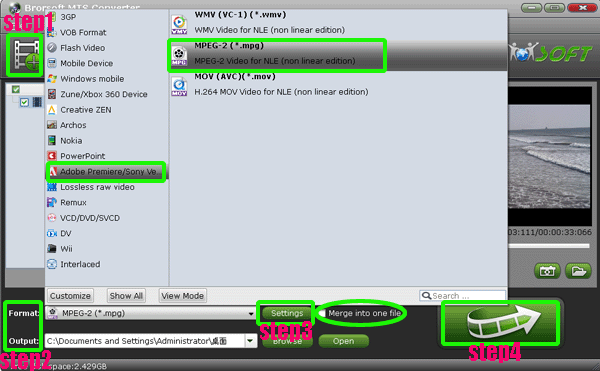
- #Adobe after effects cs5 icon movie
- #Adobe after effects cs5 icon software
- #Adobe after effects cs5 icon mac
#Adobe after effects cs5 icon mac

Version 1.0 was released in January 1993.
#Adobe after effects cs5 icon software
The items visible at the current time marker are displayed in the Composition panel.Īfter Effects integrates with other Adobe software titles such as Illustrator, Photoshop, Premiere Pro, Encore DVD, and Flash.Īfter Effects was originally created by the Company of Science and Art in Providence, RI, USA.

Footage items in the Project panel are used in the Timeline panel, where layer order and timing can be adjusted. The Project panel acts as a bin to import stills, video, and audio footage items.

Three of the most commonly used panels are the Project panel, the Composition panel, and the Timeline panel. (After Effects does feature a Flowchart panel, which is similar to tree or node graph, but this view of a composition is mostly for display purposes and is not fully functional.) The main interface consists of several panels (windows in versions prior to After Effects 7.0). Although other compositing packages-especially ones that employ tree or node workflows, such as Apple Shake-are better suited to manage large volumes of objects within a composite, After Effects is able to somewhat counter the clutter by selectively hiding layers (using the Shy switch) or by grouping them into precompositions. The layer-oriented system that After Effects adopts is suited for extensive effects work and keyframing. This track-oriented system is more suited for editing and can keep project files much more concise. However, NLEs use a system where individual media objects can occupy the same track as long as they do not overlap in time. This means that in After Effects, each individual media object (video clip, audio clip, still image, etc.) occupies its own track. However, one difference between After Effects and NLEs is that After Effects is layer-oriented, and NLEs are generally track-oriented.
#Adobe after effects cs5 icon movie
For example, with a picture of a space ship and a picture of a star background, After Effects Templates could be used to place the ship in front of the background and animate it to move across the stars.Įach picture or movie is layered on a timeline, in a similar way to a Non-Linear Editing System (NLE). After Effects is often described as the "Photoshop of video", because its flexibility allows compositors to alter video in any way they see fit, as Photoshop does for images.Īlthough After Effects can create images of its own, it is generally used to composite material from other sources to make moving graphics (also known as motion graphics). Properties such as position and opacity can be controlled independently for each layer, and each layer can have effects applied. After Effects uses a system of layers organized on a timeline to create composites from still images and motion footage, such as video files.


 0 kommentar(er)
0 kommentar(er)
